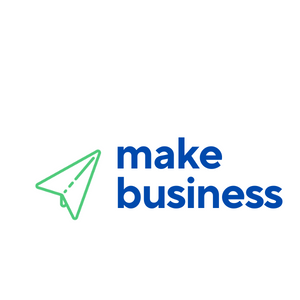Comparing Free vs. Paid CRM Systems: Which Option is Best?
In today’s competitive business landscape, Customer Relationship Management (CRM) systems have become indispensable tools for organizations aiming to enhance customer interactions and streamline operations. With a plethora of CRM options available, businesses often face the dilemma of choosing between free and paid CRM systems. This article delves into the advantages and disadvantages of both options, helping you determine which CRM solution best suits your business needs.
Understanding CRM Systems
CRM systems are designed to manage a company’s interactions with current and potential customers. They help businesses organize, automate, and synchronize sales, marketing, customer service, and technical support. The primary goal is to improve customer relationships, leading to increased customer satisfaction and loyalty.
Free CRM Systems: Pros and Cons
Free CRM systems are an attractive option for startups and small businesses with limited budgets. However, they come with their own set of advantages and limitations.
Advantages of Free CRM Systems
- Cost-Effective: The most obvious benefit is that they are free, making them accessible to businesses with tight budgets.
- Basic Features: Free CRMs often provide essential features such as contact management, lead tracking, and basic reporting.
- Ease of Use: Many free CRM systems are user-friendly, allowing businesses to get started quickly without extensive training.
Limitations of Free CRM Systems
- Limited Functionality: Free CRMs may lack advanced features such as automation, customization, and integration with other tools.
- Scalability Issues: As your business grows, a free CRM may not be able to accommodate increased data and user demands.
- Support Constraints: Free versions often come with limited customer support, which can be a challenge if technical issues arise.
Paid CRM Systems: Pros and Cons
Paid CRM systems offer a more comprehensive solution for businesses looking to leverage advanced features and scalability. However, they require a financial investment.
Advantages of Paid CRM Systems
- Advanced Features: Paid CRMs offer a wide range of features, including automation, analytics, and integration capabilities.
- Customization: Businesses can tailor the CRM to their specific needs, enhancing efficiency and productivity.
- Scalability: Paid CRMs can grow with your business, accommodating more users and data as needed.
- Dedicated Support: Access to professional customer support ensures quick resolution of any issues.
Limitations of Paid CRM Systems
- Cost: The primary drawback is the cost, which can be significant, especially for small businesses.
- Complexity: With more features comes increased complexity, which may require training and time to master.
Case Studies and Statistics
According to a study by Nucleus Research, businesses that invest in CRM systems see an average return of $8.71 for every dollar spent. A case study of a small e-commerce company revealed that switching from a free to a paid CRM system resulted in a 30% increase in sales within six months, thanks to improved customer segmentation and targeted marketing campaigns.
Conclusion: Which CRM Option is Best?
The choice between free and paid CRM systems ultimately depends on your business’s specific needs and resources. Free CRMs are ideal for startups and small businesses with basic requirements and limited budgets. In contrast, paid CRMs are better suited for growing businesses that require advanced features, scalability, and dedicated support.
In conclusion, carefully assess your business goals, budget, and technical requirements before making a decision. Investing in the right CRM system can significantly enhance your customer relationships and drive business growth. As you weigh your options, consider starting with a free CRM to test the waters, and as your business expands, transition to a paid solution to unlock its full potential.
